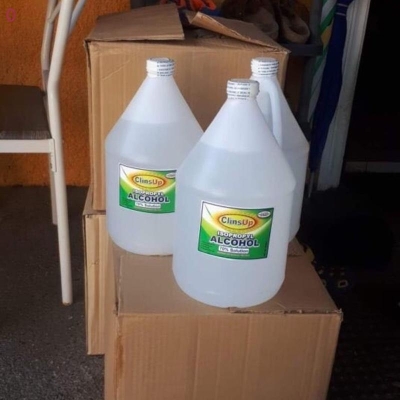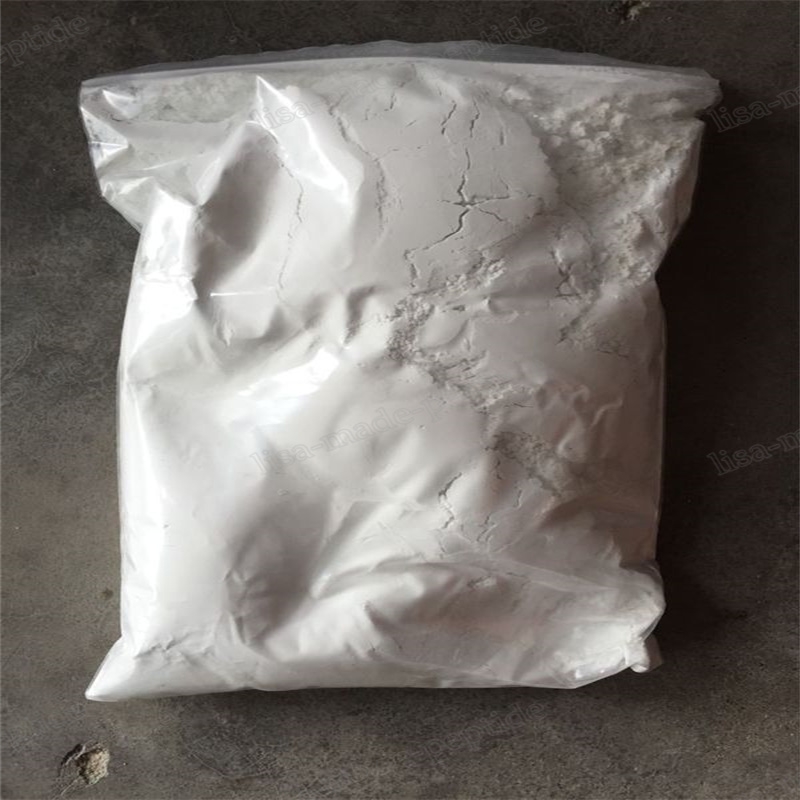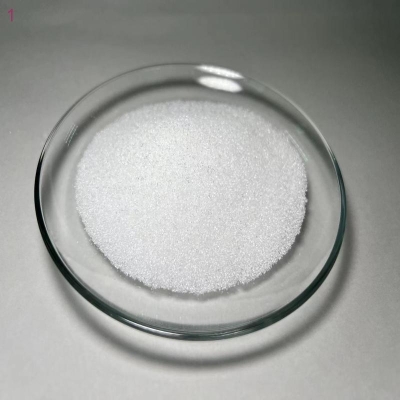-
Categories
-
Pharmaceutical Intermediates
-
Active Pharmaceutical Ingredients
-
Food Additives
- Industrial Coatings
- Agrochemicals
- Dyes and Pigments
- Surfactant
- Flavors and Fragrances
- Chemical Reagents
- Catalyst and Auxiliary
- Natural Products
- Inorganic Chemistry
-
Organic Chemistry
-
Biochemical Engineering
- Analytical Chemistry
-
Cosmetic Ingredient
- Water Treatment Chemical
-
Pharmaceutical Intermediates
Promotion
ECHEMI Mall
Wholesale
Weekly Price
Exhibition
News
-
Trade Service
The Regional Comprehensive Economic Partnership (RCEP) has been in effect for half a year, and China's petrochemical foreign trade has benefited a lot
.
From January to May, the petrochemical trade volume between China and other RCEP member countries was US$114.
95 billion, a year-on-year increase of 11.
4%
.
Many high-end fine chemical products and new materials in China rely on imports.
RCEP has greatly reduced the cost of raw material procurement and sales in China
.
The export of petrochemical products in China is mainly based on basic chemicals, and the entry into force of RCEP has eased the pressure of domestic overcapacity
.
The implementation of RCEP has also promoted the overseas layout of China's petrochemical industry chain and the overseas expansion of the chemical market
.
An important point for enterprises to enjoy RCEP tariff concessions is the RCEP rules of origin
.
Rules of origin are an important part of RCEP, which ensures that contracting parties obtain economic benefits from them
.
However, some companies have little or no understanding of rules of origin
.
For example, there is a view that because of different origin standards, the degree of tariff preference is also different
.
There is also a view that as long as the product contains imported ingredients or imported ingredients are high, the product cannot meet the origin standard
.
These are all misunderstandings
.
So, how to understand the RCEP rules of origin, the author provides some application ideas here
.
The rules of origin of the RCEP agreement can be divided into three categories, one is full access to rules of origin, the other is cumulative rules of origin, and the third is product-specific rules of origin, each of which has different conditions for application
.
Completely obtained rules of origin refer to goods obtained entirely in one country (region), generally used for primary products, such as fruits, animal products, marine organisms, primary minerals,
etc.
There are two ways to determine whether it is applicable to fully obtain the origin: one is to determine whether it is applicable according to Chapter 3, Article 3 of the RCEP Rules of Origin, combined with the specific product; Whether the product is subject to fully acquired rules of origin
.
Cumulative rules of origin allow the accumulation of products processed by other parties to the FTA using non-originating materials into the final product
.
Due to the large number of RCEP parties, the accumulation range is wider and the cumulative effect is more obvious
.
Take diapers, an export product produced by Chinese companies, as an example
.
Diaper raw materials include non-woven fabrics, fluff pulp, hot melt adhesives, superabsorbent resins, polyethylene films, non-woven fabrics (hydrophilic), and spandex yarns.
The countries (regions) of origin are Japan, Hong Kong, China, and China.
, China, Malaysia, Germany, Vietnam, the unit prices of raw materials contained in each box of diapers are 14 yuan, 5.
4 yuan, 4.
2 yuan, 10 yuan, 6.
3 yuan, 3.
4 yuan, 1.
7 yuan, and the export FOB price of diapers is 45 yuan Yuan
.
Without the accumulation rule, the raw materials in this product from Japan, Hong Kong, Malaysia, and Vietnam are all non-originating materials and need to be deducted when the regional value content rules apply
.
According to the RCEP accumulation rules of origin, Japan's non-woven fabrics, Malaysia's polyethylene films, and Vietnam's spandex yarns can be regarded as Chinese origin materials for accumulation
.
It can be seen that this rule encourages Chinese manufacturers to purchase raw materials or intermediate products from the RCEP agreement area as much as possible during the production process
.
If non-originating materials are used for production, when declaring RCEP origin, you need to see whether the goods are subject to product-specific rules of origin
.
The product-specific rules of origin include three ways: First, the tax classification change, that is, if the production and processing goods are changed in the tariff classification, they are regarded as origin, otherwise they are still non-originating
.
Changes in tariff classification include chapter changes, heading changes, and subheading changes
.
The overall structure of customs codes includes classes, chapters, headings and subheadings
.
Classes are classified according to the social production department, and chapters are divided according to the properties of commodity raw materials or the use and performance of products
.
If the chapter, heading and subheading are changed, product-specific rules of origin may apply
.
For non-originating materials that do not meet the tax classification change requirements, you can also refer to the minor content regulations, and still obtain the RCEP origin qualification
.
The second is the regional value component (RVC)
.
According to the regional value composition formula of Article 5 of Chapter 3, the calculated regional value composition of the goods is not less than 40%, which can be regarded as RCEP origin goods
.
There are two ways to calculate the regional value component: one is the deduction method, which uses the FOB price of the commodity minus the value of non-originating materials in the production goods, and then divides it by the FOB price to obtain the ratio; the second method is the accumulation method , which is calculated by dividing the value of the original material, component or product obtained or produced by itself and used to produce the goods, plus direct labor costs, direct operating expenses, profits and other costs, divided by the FOB price
.
The results calculated by these two methods are greater than or equal to 40%, which can be regarded as RCEP originating goods
.
The third is the standard of chemical reaction
.
According to the RCEP product-specific rules of origin, the goods to which the chemical reaction rules apply, if a chemical reaction occurs in a contracting party, they shall be regarded as originating goods
.
Take cyclic hydrocarbons for example
.
Even if it is produced from materials that do not originate in RCEP member countries, if there is a chemical reaction after processing in RCEP member countries (excluding dissolving in solvent or water, removing solvent, adding or removing crystal water) to generate product cyclic hydrocarbons, it is considered origin
.
The following is an example of the lithium battery industry that has received much attention in recent years to illustrate the application of the RCEP rules of origin
.
With the rapid development of China's lithium battery industry, the competitiveness of related products has been continuously enhanced, and major economies such as Han, Meide and other major economies have deepened their dependence on China's lithium batteries
.
According to the data of the Global Trade Comprehensive Analysis System (GTAS), the market shares of China's lithium battery products in the United States, Germany, France and the United Kingdom were 68.
6%, 41.
2%, 52.
9% and 39% respectively from January to February this year.
, 14.
5, 12.
4, 21.
2 and 17.
3 percentage points higher than in 2021, respectively
.
In the first quarter of this year, the market shares of China's lithium battery products in South Korea and Brazil were 94.
6% and 78.
8%, respectively, an increase of 2.
3 percentage points and 8 percentage points from 2021
.
In the Indian market, China's lithium battery products accounted for 65.
6% of the market in January this year, an increase of 6.
2 percentage points from 2021
.
In the context of the global quantitative easing environment and the recent conflict between Russia and Ukraine, global commodity prices generally rose
.
Coupled with the increase in the application scenarios of the new energy industry, the prices of lithium battery raw materials such as spodumene concentrate and lithium carbonate have risen rapidly, pushing up the export price of China's lithium batteries
.
Data show that in the first quarter of this year, the average export price of lithium batteries in China rose by 20.
1% year-on-year
.
Lithium battery raw materials include lithium hydroxide, battery-grade lithium carbonate, lithium metal, lithium iron phosphate (power type), ternary material 523, artificial graphite, electrolyte, cobalt sulfate, nickel sulfate, manganese sulfate,
etc.
Among them, lithium hydroxide is the star product of the lithium industry chain.
The domestic price has risen from 57,000 yuan / ton in early 2020 to 478,000 yuan / ton in June this year, an increase of nearly 10 times
.
After the implementation of RCEP, the tariffs on lithium hydroxide exports to RCEP member countries were reduced to zero
.
In March of this year, Sichuan Yibin Tianyi Lithium Industry Science and Technology Co.
, Ltd.
exported 171 tons of lithium battery raw materials (including lithium hydroxide) to South Korea to enjoy tax incentives
.
This batch of lithium battery raw materials enjoys a tax reduction of nearly 3 million yuan according to the RCEP agreement tax rate.
It not only integrates into the industrial chain and supply chain of developed economies such as South Korea, but also expands the international market share of the company's products
.
At the same time, China's total imports of lithium battery cathode materials have increased year by year
.
Take lithium nickel cobalt manganate, which accounts for the largest proportion of imported cathode materials, as an example
.
In the first half of 2021, China's imports of lithium nickel cobalt manganate mainly came from South Korea, and the import value in South Korea accounted for 89.
62%
.
Followed by Japan, in the first half of 2021, China's import value of lithium nickel cobalt manganate in Japan accounted for 8.
37%
.
In addition, lithium metal is an important mineral resource in the lithium industry chain, with a global reserve of 22 million tons, mainly concentrated in Australia, Chile, Argentina and other countries
.
These three countries supply more than half of the world's lithium raw materials
.
In 2021, the domestic self-produced lithium raw materials will be about 160,000 tons (lithium carbonate equivalent), a year-on-year increase of 33%
.
To promote the sustainable development of China's lithium battery industry, on the one hand, it is necessary to promote the development of domestic lithium resources, such as the release of lithium extraction capacity from salt lakes, to further strengthen the supply guarantee capability of raw material lithium; on the other hand, it can increase the layout of overseas lithium industry
.
For example, Guangdong Huizhou Yiwei Lithium Energy Co.
, Ltd.
invested 1.
8 billion yuan to participate in the subscription of Zhejiang Huayou Cobalt Co.
, Ltd.
's Indonesia Huafei nickel-cobalt hydrometallurgical project, and held Qinghai Qaidam Xinghua Lithium Salt Co.
, Ltd.
49% of the shares
.
Another example is Volkswagen (China), which signed a memorandum of cooperation with Zhejiang Huayou Cobalt Co.
, Ltd.
and Tsingshan Group, and plans to cooperate in the supply chain of battery cathode materials in Indonesia and Guangxi
.
These strategies of promoting resource development projects and overseas mineral resource bases through asset restructuring, sharing interests with resource countries, can all be completed under the framework of RCEP rules of origin
.
(The author is Deputy Secretary General of China Petroleum and Chemical Industry Federation)







